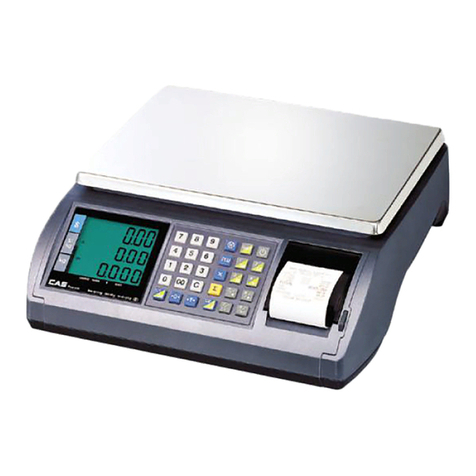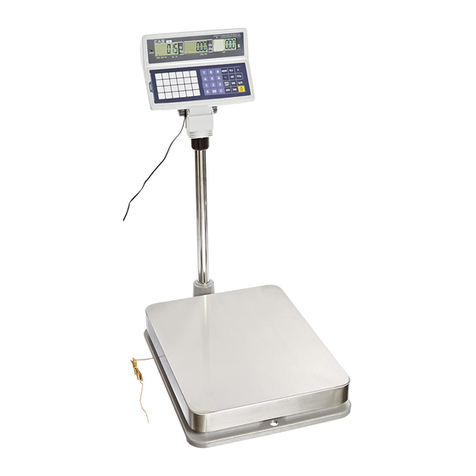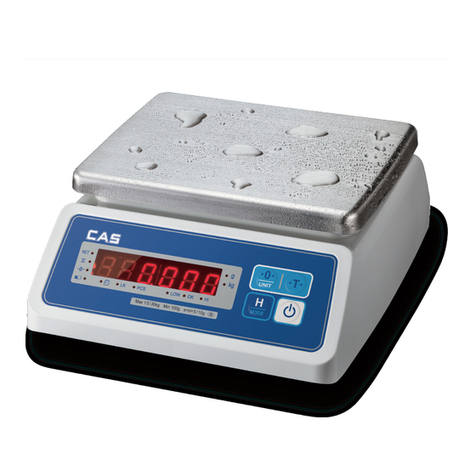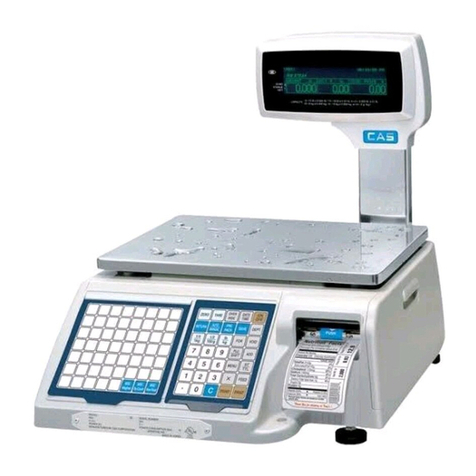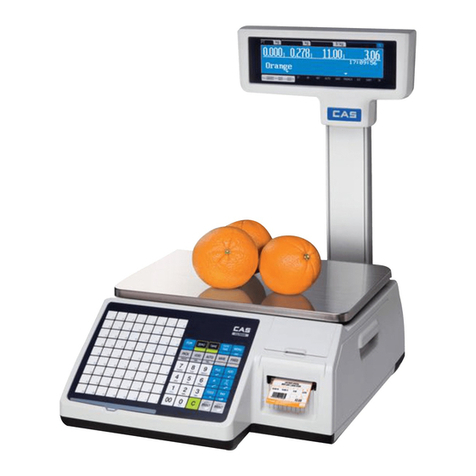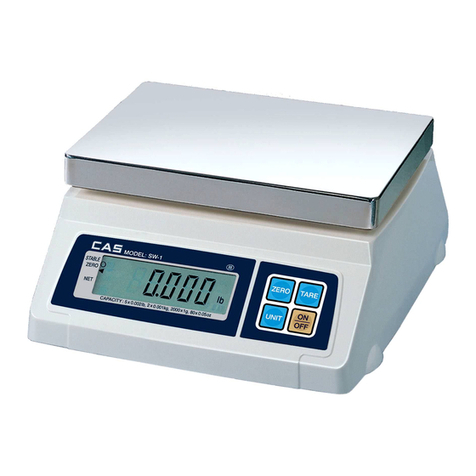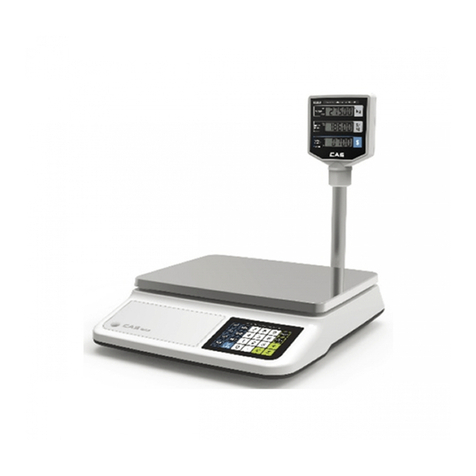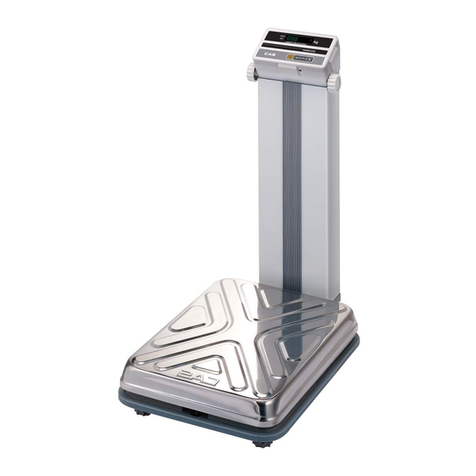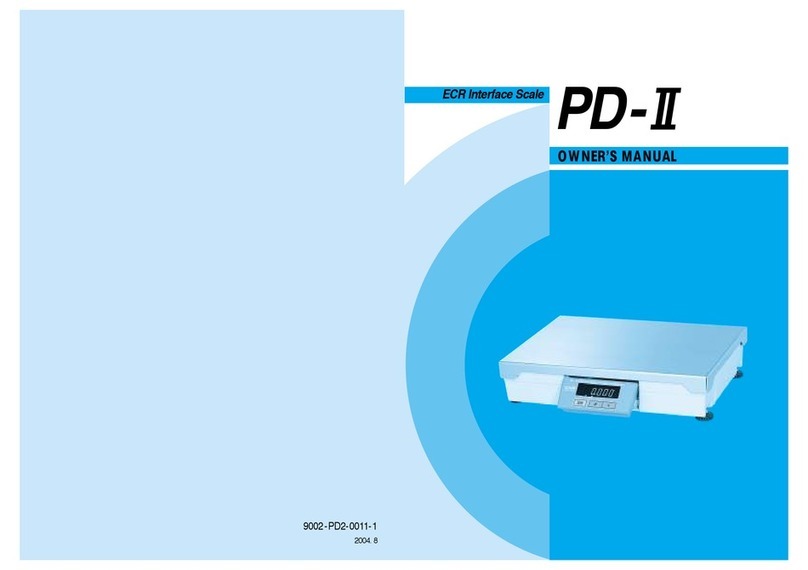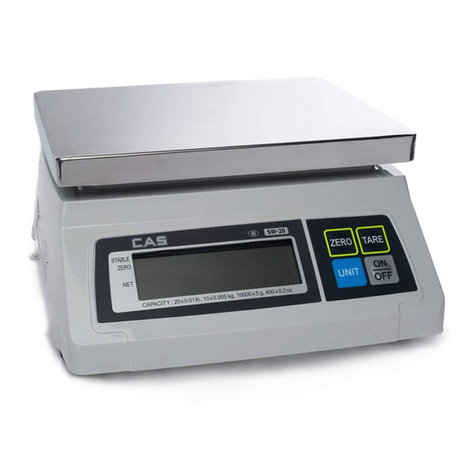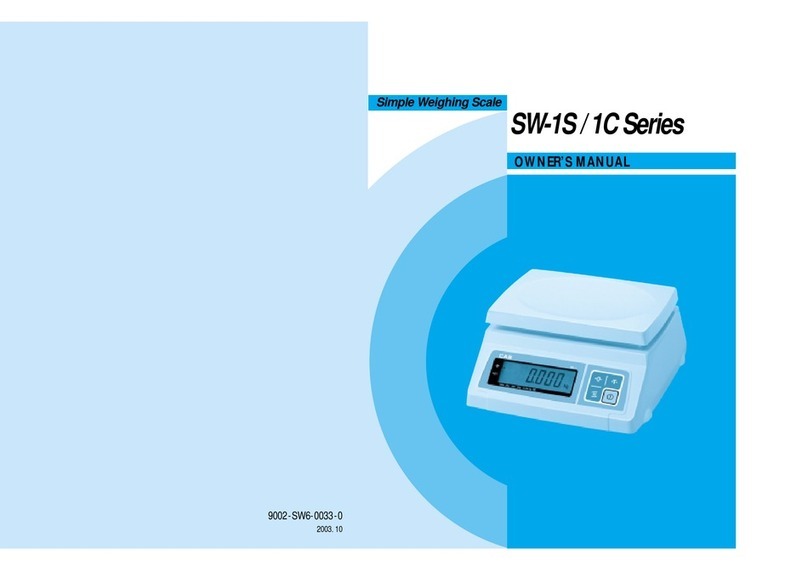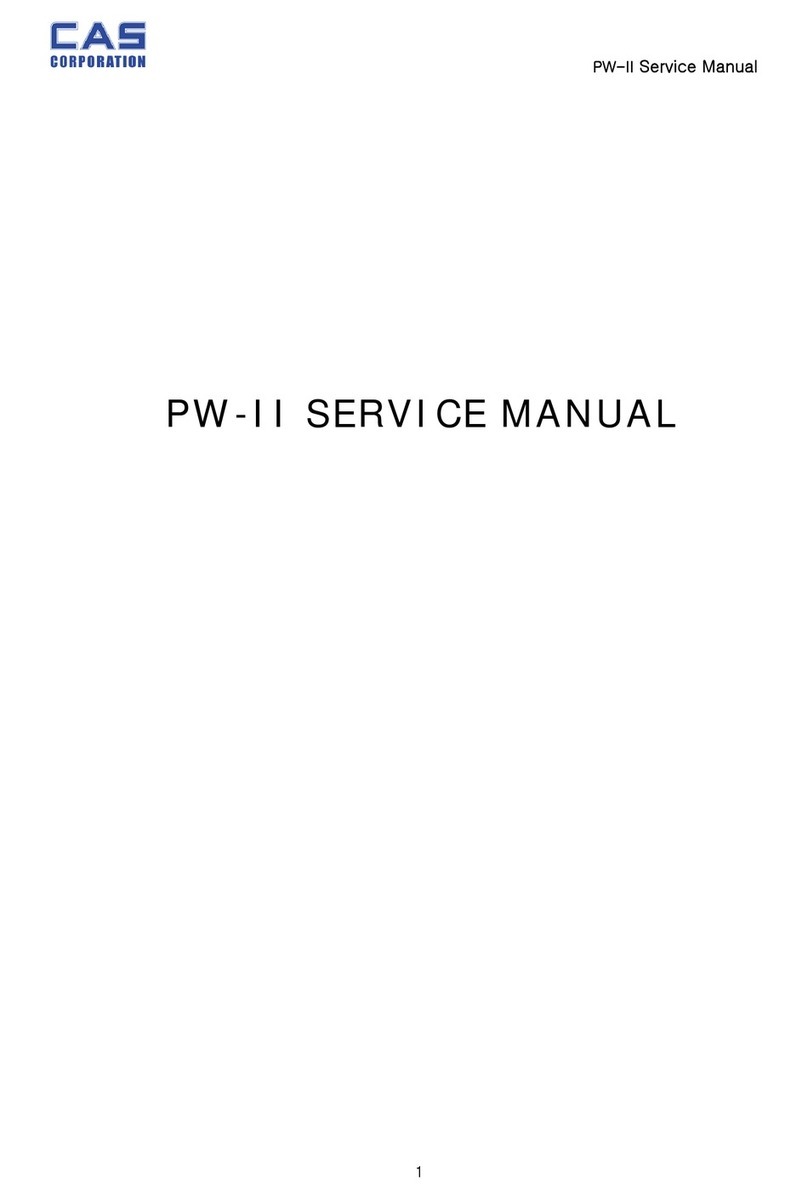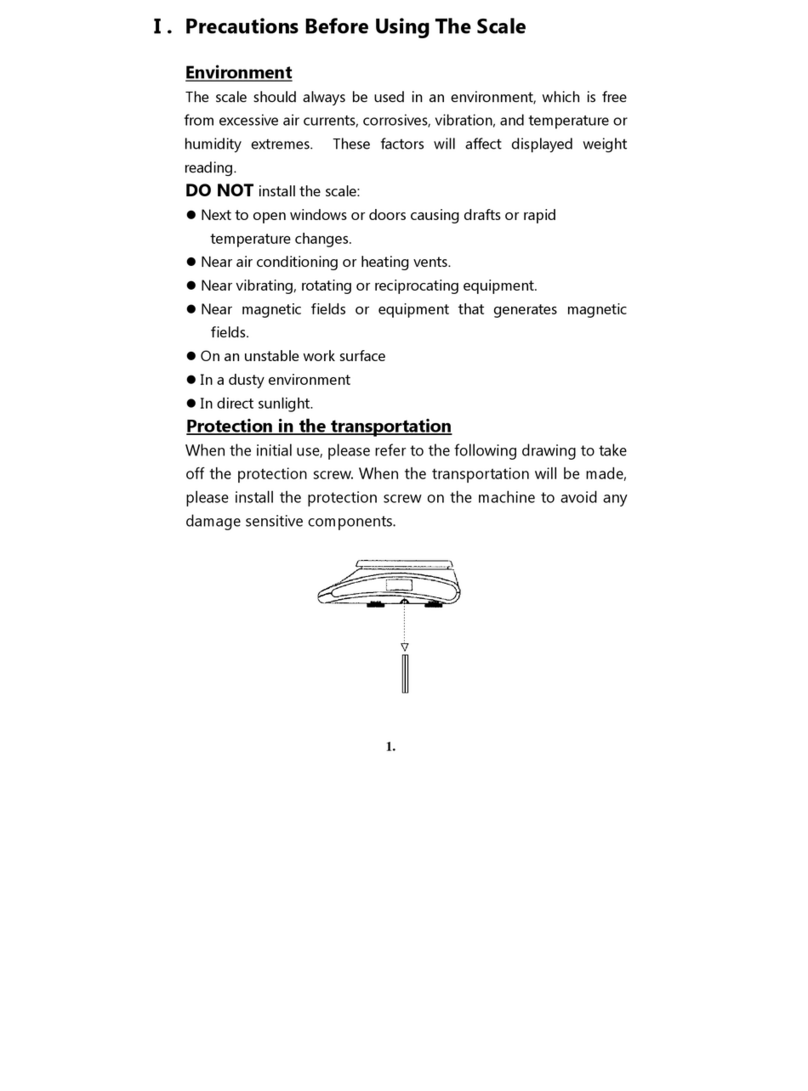2
< Table of Contents >
1. Introductions..................................................................................................................4
1.1. The Preface.....................................................................................................4
1.2. Precautions .....................................................................................................4
1.3. Specifications (CE) ..........................................................................................5
1.4. Sealing Method ...............................................................................................7
2. Calibration Mode ...........................................................................................................8
2.1. How to Go to Normal mode (C – 0) .................................................................9
2.2 How to Confirm Span Calibrated A/D Value(C – 1) .........................................9
2.2. Span Calibration(C – 3) .................................................................................10
2.3. Capacity Display and Option Setting(C – 4) ..................................................11
2.3.1. UNIT, TARE Setting(C–4–1) ....................................................................11
2.3.2. Capacity Setting(C–4–2) ..........................................................................11
2.3.3. Comma Setting (C–4–3)...........................................................................11
2.3.4. Save Setting(C–4–4) ................................................................................12
2.4. Averaging A/D Value(C - 5) ...........................................................................12
2.5. Real A/D Value(C – 6) ...................................................................................12
2.6. % Calibration (C – 7) .....................................................................................12
2.7. Gravity Constant (C – 9)................................................................................13
2.8. ECR INTERFACE..........................................................................................15
2.8.1 ECR Interface...........................................................................................15
2.8.2 ECR Type Selection .................................................................................15
Table 1..........................................................................................................................15
3. INTERFACE WITH EXTERNAL DEVICE....................................................................16
3.1. INTERFACE with RS-232C ...........................................................................16
3.1.1. TYPE-2 INTERFACE................................................................................16
3.1.2. TYPE-3 INTERFACE................................................................................17
3.1.3. TYPE-0 and TYPE-1 INTERFACE ...........................................................19
3.1.4. TYPE-4 INTERFACE................................................................................20
3.1.5. TYPE-5 INTERFACE................................................................................21
3.1.6. TYPE-6 INTERFACE................................................................................23
3.2. INTERFACE with 4-BIT PARALLEL ..............................................................24
3.2.1. TYPE-0 and1 INTERFACE.......................................................................24
3.2.2. COMMUNICATIONS BY USING UNIVERSAL 4-BIT PARALLEL ............27
4. The Schematics and Diagram .....................................................................................32
